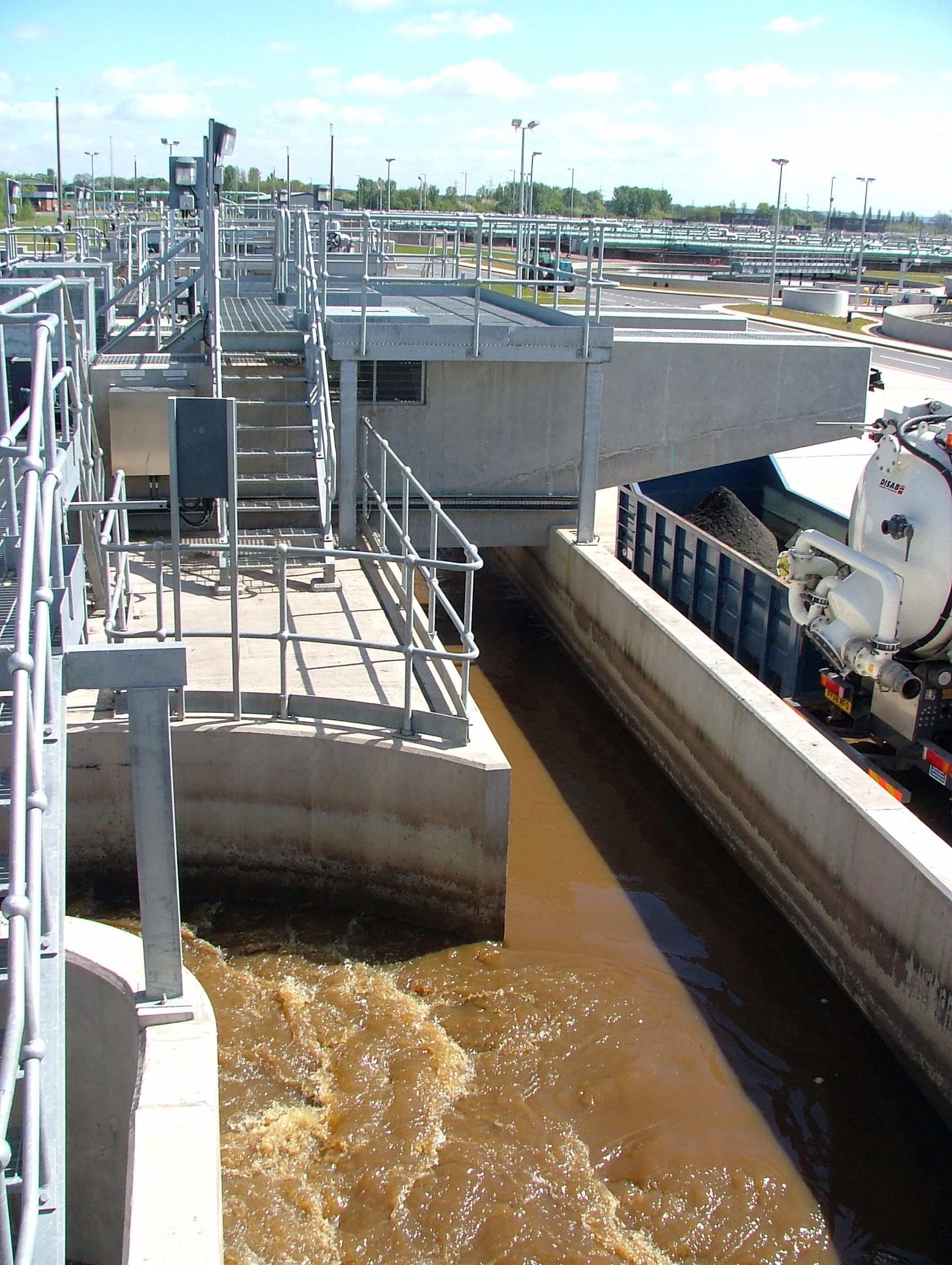
US water utilities are becoming increasingly concerned about the steady deterioration of water infrastructure nationwide and the lack of congressional enthusiasm for federal action. In 2013 the American Society of Civil Engineering (ASCE) gave the government a ‘poor’ rating for water infrastructure in its Report Card on America’s Infrastructure – in part because of nearly a quarter of a million water mains breaks each year, which points to a mounting crisis in underground infrastructure, much of which is more than 100 years old.
In April 2016 more than 130 water utility professionals from 47 states visited their members of Congress to urge funding for critical loan programmes to repair and renew US water and wastewater systems. This was part of Water Matters! Fly-In, an annual event hosted by the American Water Works Association (AWWA). Both ASCE and AWWA agree that US water utilities, regulators and government must face up to the need to ‘catch up’ with long deferred investments, with more delays meaning that the job will become progressively, perhaps exponentially, more difficult.
In particular, water professionals want Congress to fund provisions within the 2014 Water Infrastructure Finance and Innovation Act (WIFIA) that provides for up to US$1.3 billion in funding for drinking water infrastructure and the same for wastewater infrastructure through revolving loan fund programmes. To date Congress has yet to appropriate money to make these loans, so WIFIA has so far not resulted in practical action.
We might criticise our American colleagues for this apparent lack of action in the face of an obvious and mounting crisis…until we realise that we in the UK are in much the same position. With an ageing infrastructure and a government reluctant to promote large infrastructure spends, there are even fewer potential mechanisms for financing universally acknowledged infrastructure renewal. In addition to the renewal requirements following from natural decline and wastage in existing infrastructure, we must also consider the potential threats to infrastructure resilience due to climate change. These are barely mentioned in the National Infrastructure Plan, published by the UK government in December 2014. At a Water Infrastructure Innovation Workshop held in May 2012 it was recognised that multiple societal challenges (demographic change, climate change, etc.) meant that a more sophisticated approach to water infrastructure resilience was required, one that recognises the importance of ensuring security of water services supply chains and connections to adjacent asset systems, with plans in place should any part of the system collapse. Yet the National Infrastructure Plan is largely silent about the prospects for “cascade failures” created by complex system interaction and interconnectivity.
For the UK water industry, financing such investments will be a key challenge. In the National Infrastructure Plan 2014, the UK government firmly declared that: “Privately-owned water and sewerage companies are responsible for running, maintaining and, where necessary, upgrading the UK’s water infrastructure.” This seems to suggest that investment for water infrastructure renewal will only come from capital markets and bill payers – there are no revolving loan funds like those used in the US. Indeed, Chapter 14 of the National Infrastructure Plan clearly shows that the expectation is for 100% of investment for water infrastructure renewal to come from private – not public – sources. The only exception to this general rule is investment in flood infrastructure, which is currently based on a mixed, public/private, model of investment (including significant investment from the UK insurance industry).
In a series of blogposts I will explore the key resilience challenges facing the UK water services sector. I have already mentioned two such challenges: the lack of a clear and powerful reporting mechanism, such as the Report Card on America’s Infrastructure, and the much more limited finance options available to UK water companies. Other issues I will explore in forthcoming articles include: the dysfunctional disconnect between water and other critical services and functions, especially energy and land use control; the role of better understanding the behaviour of water consumers in resilience planning; and the role of technical innovation (e.g. decentralised wastewater treatment) in creating additional options for resilience engineers.
